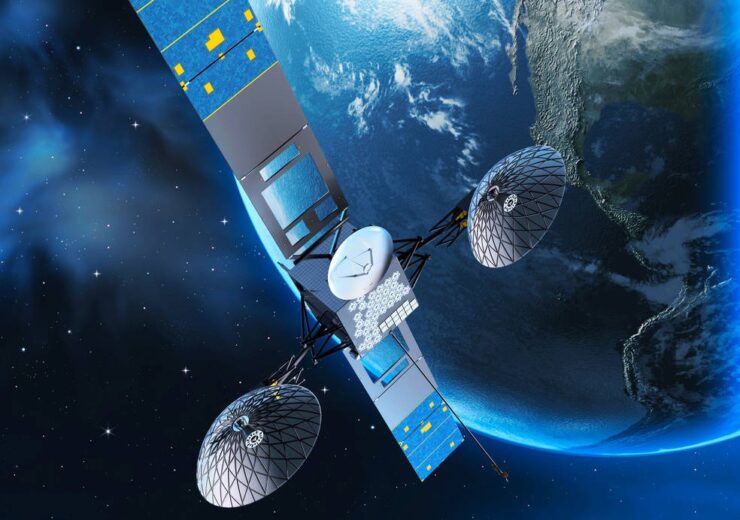Inmarsat, KGS, SES, SpaceX, Telesat, and Viasat are the six companies selected by the federal space agency

Six SATCOM firms selected by NASA for collaboration on space communications. (Credit: NASA)
The National Aeronautics and Space Administration (NASA) has signed $278.5m worth of agreements with six US-based satellite communications (SATCOM) providers for collaboration on space communications.
The six companies are Inmarsat Government, Kuiper Government Solutions (KGS), SES Government Solutions, Space Exploration Technologies (SpaceX), Telesat U.S. Services, and Viasat.
According to NASA, the selected SATCOM providers will start developing and demonstrating near-Earth space communication services that could support the future missions of the agency.
NASA stated that during the five-year development and demonstration period, it expects the six firms to match or exceed agency contributions, totaling over $1.5bn of cost-share investment.
The American federal space agency said that the selected companies will complete technology development and in-space demonstrations by 2025. The firms will be given the time to prove that their proposed solution will provide strong, reliable, and cost-effective mission-oriented operations.
NASA plans to seek multiple long-term contracts for acquiring services for near-Earth operations by the end of this decade, while phasing out its owned and operated systems.
NASA Glenn Research Center CSP project manager Eli Naffah said: “We are following the agency’s proven approach developed through commercial cargo and commercial crew services. By using funded Space Act Agreements, we’re able to stimulate industry to demonstrate end-to-end capability leading to operational service.
“The flight demonstrations are risk reduction activities that will develop multiple capabilities and will provide operational concepts, performance validation, and acquisition models needed to plan the future acquisition of commercial services for each class of NASA missions.”
Inmarsat Government has been awarded $28.6m. Its proposed approach involves a commercial radio frequency geostationary orbiting L-band relay network to provide low-rate SATCOM services to launch vehicles and spacecraft.
Kuiper Government Solutions has been awarded $67m for demonstrating a commercial optical low-Earth orbiting relay network. The approach is expected to provide high- and- low-rate SATCOM services to spacecraft in low-Earth orbit for routine missions, early operations phase communications, and contingency operations.
SES Government Solutions has been given an award for $28.96m. The company proposes to demonstrate commercial radio frequency geostationary orbiting C-band and medium-Earth orbiting Ka-band relay networks.
SpaceX has bagged an award of $69.95m. The company will aim to demonstrate a commercial optical low-Earth orbiting relay network for high-rate SATCOM services to spacecraft in low-Earth orbit.
Telesat U.S. Services, under an award of $30.65m, will demonstrate commercial radio frequency geostationary orbiting C-band and low-Earth orbiting Ka-band relay networks. This is for providing high- and- low-rate communications services to spacecraft in low-Earth orbit for regular missions.
Viasat, which signed a $7.3bn deal to acquire Inmarsat, has won an award of $53.3m. The company will aim to demonstrate a commercial radio frequency geostationary orbiting Ka-band relay network to deliver high- and low-rate communications services.


